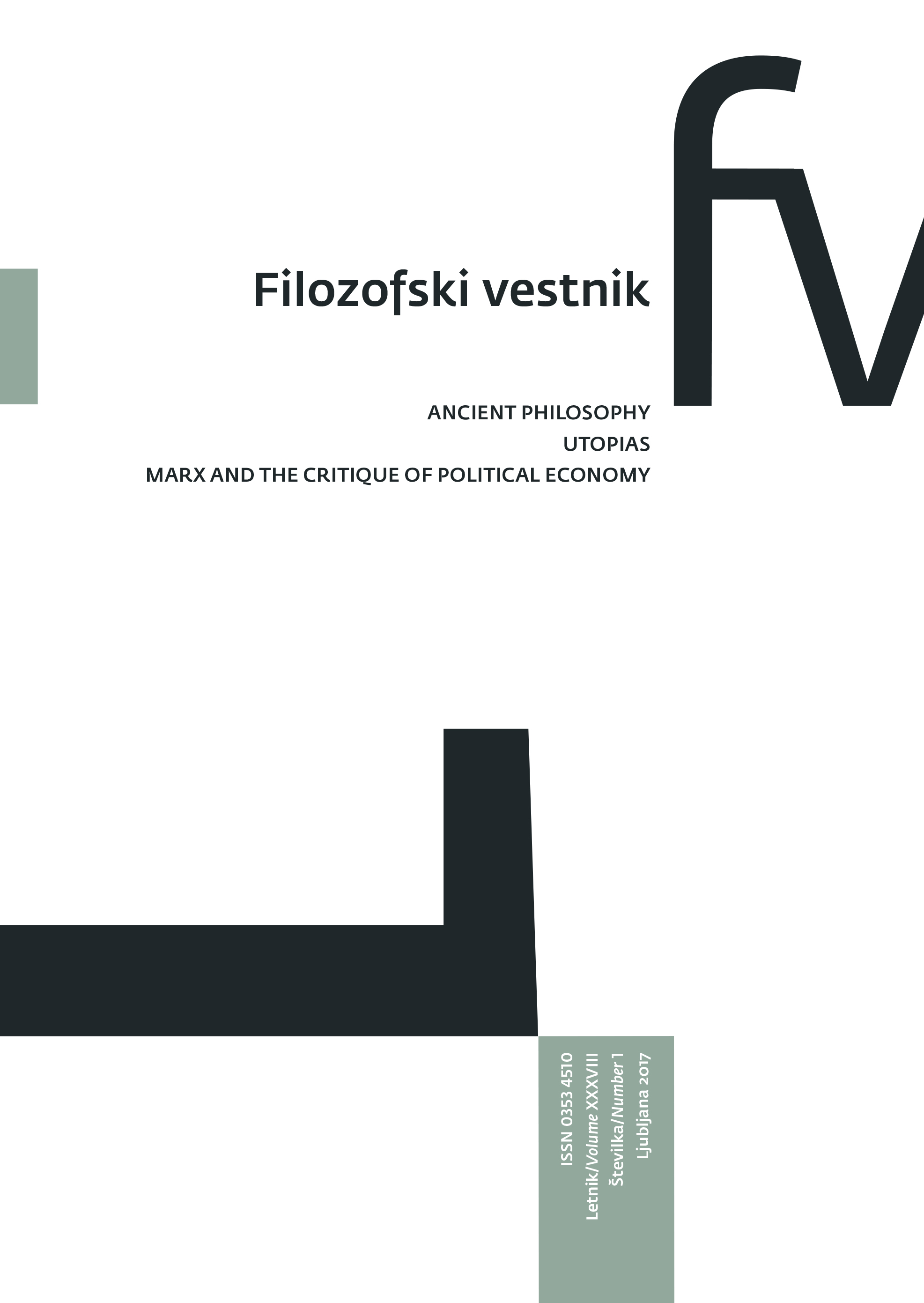Ekspresionistična utopija: Bruno Taut, steklena arhitektura in razgradnja mest
Ključne besede:
Bruno Taut, ekspresionizem, utopija, urbanizem, arhitektura, steklo, anarhizem, socializemPovzetek
V delih, kot so »Alpska arhitektura« (1919), »Mestna krona« (1919), »Svetovni mojster gradbenik« (1919) in »Razpustitev mest« (1920) je ekspresionistični arhitekt in umetnik Bruno Taut razvil vrsto arhitekturnih vizij, ki niso bile le preproste izpopolnitve nove arhitekture ali novega urbanizma, pač pa tudi sheme popolne prostorske dispozicije proizvesti utopičnega »novega človeka«. V »Mestni kroni« je Taut nasproti kaotični in nenačrtovani rasti modernega metropolisa in industrijskega mesta postavil vizijo visoko organizirane, prostorsko in izkustveno skladne dispozicije konstrukcije in funkcij, ki so bile vse simbolično namagnetene z »mestno krono« v svojem središču. Druga Tautova dela iz tega obdobja, zlasti »Alpska arhitektura« in »Razpustitev mest«, predstavijo podobo razmeščenosti gradnje po zemeljski površini, v agrarne površine in v gore, s čemer je bila nakazana združitev odtujujočih delitev med mestom in podeželjem in sčasoma zaprtje vseh delitev, ki ločujejo človeka, naravo in kozmos. Sam opisujem elemente Tautove razvijajoče se utopične vizije med leti 1914 in 1921, kot tudi širše kontekstualne pogoje, ki so nudili podporo oblikovanju te ekspresionistične arhitekturne utopije in povzročili Tautovo precej nenadno opustitev te utopije v prid bolj treznih, funkcionalnih projektov sredi dvajsetih let pa do konca njegovega življenja.
Prenosi
Prenosi
Objavljeno
Kako citirati
Številka
Rubrike
Licenca
Avtorji jamčijo, da je delo njihova avtorska stvaritev, da v njem niso kršene avtorske pravice tretjih oseb ali kake druge pravice. V primeru zahtevkov tretjih oseb se avtorji zavezujejo, da bodo varovali interese založnika ter da bodo povrnili morebitno škodo.
Podrobneje v rubriki: Prispevki





